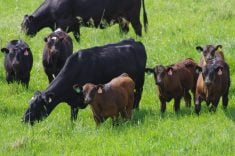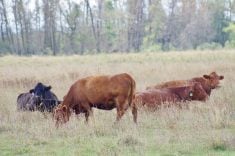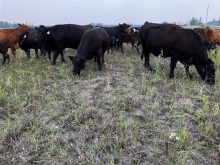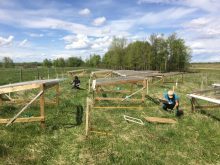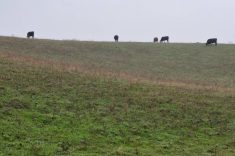It took Rick Bieber an entire career as a farmer to learn how to manage his farm to benefit soil health.
However, in a one-hour presentation at the recent Western Canada Conference on Soil Health and Grazing in Edmonton, he passed some of that knowledge on to conference attendees.
“If you own soil, we have to be able to look at what we’re doing and be able to see the changes,” he said.
Read Also
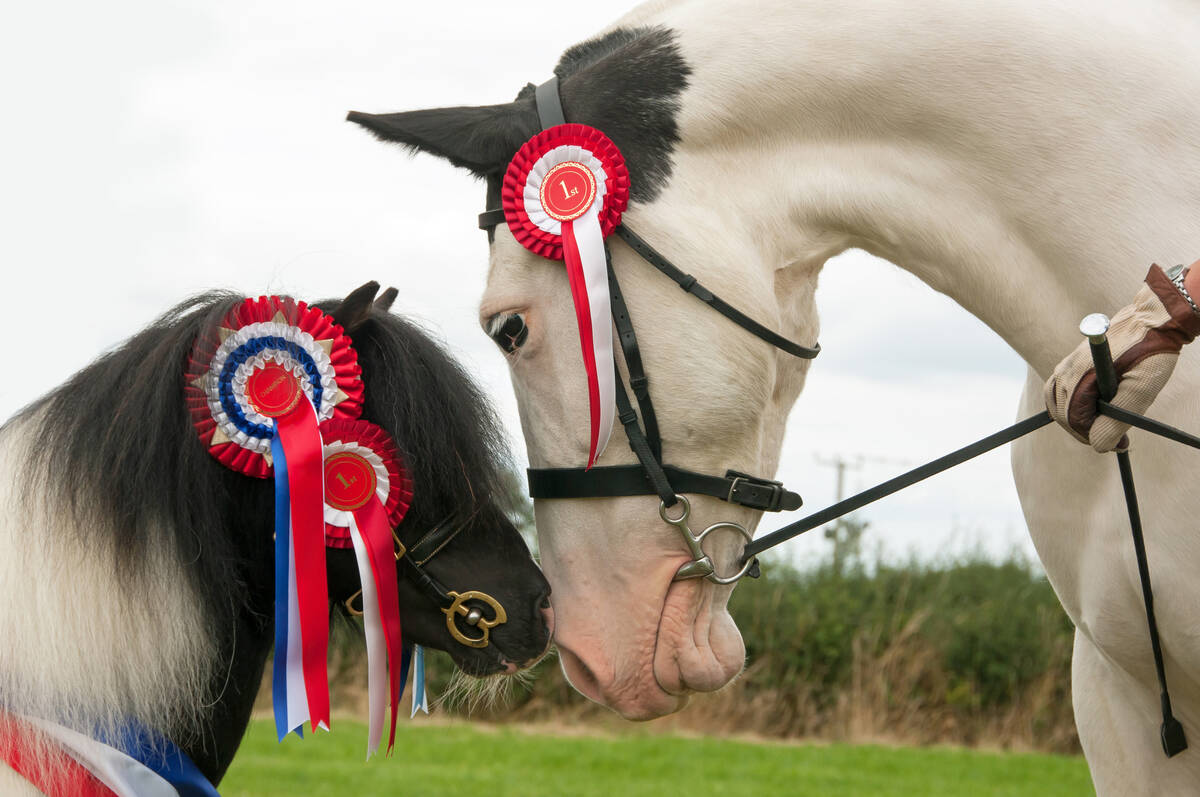
Linebreeding horses drives genetic bottlenecks
Too much linebreeding and prioritizing pedigree can narrow genetic diversity and lead to horse health problems in future generations.
“The power of observation is many times much greater than the data that goes with that observation.”
Bieber is a retired farmer from South Dakota, who now travels the world talking and teaching about soil health. Though his son has taken over the operation, known as Soil Care, Bieber is still passionate about farming and soil.
When he started, though, it wasn’t to fix his soil — it was to cut costs and increase profits. The benefits to his soil came along with that.
And to him, the most important part of soil health is letting the biology in the soil do what comes naturally.
“I’m just basically asking my soil biology to ‘do your job,’ ” Bieber said.
He said he saw the most success using a combination of long-term no-till and cover cropping, adding it is important to keep the soil covered to protect the biology.
If the soil is exposed, he added, then the biology in the soil will be disturbed by factors such as rain and chemicals.
“Look at tillage as being a disturbance, and it is. That’s a physical disturbance. But we also have our biological disturbances, the herbicides, fungicides, insecticides, pesticides — they’re biological disturbances that cause the biology to not perform in balances,” Bieber said.
He also used a version of adaptive rotational grazing with both pastureland and cover crops. He said cattle help with soil health because they move organic matter around with their grazing.
“These are our biological distributors because they’re taking what’s out on that native range land, and they’re bringing it out, and they’re spreading it very uniformly throughout our field. And that’s all we need. We don’t need to have that full coverage of manure out there, as long as we have it like that.”
Bieber said the diversity of the plants a producer grows must support what the livestock bring to the land. It is important to listen to what the land is saying and then respond, he added.
“We keep getting told, ‘do it here, do it there. This is how to do it.’ But we never get the answers of why, and your soils will tell you the why. So we need to have that.”





